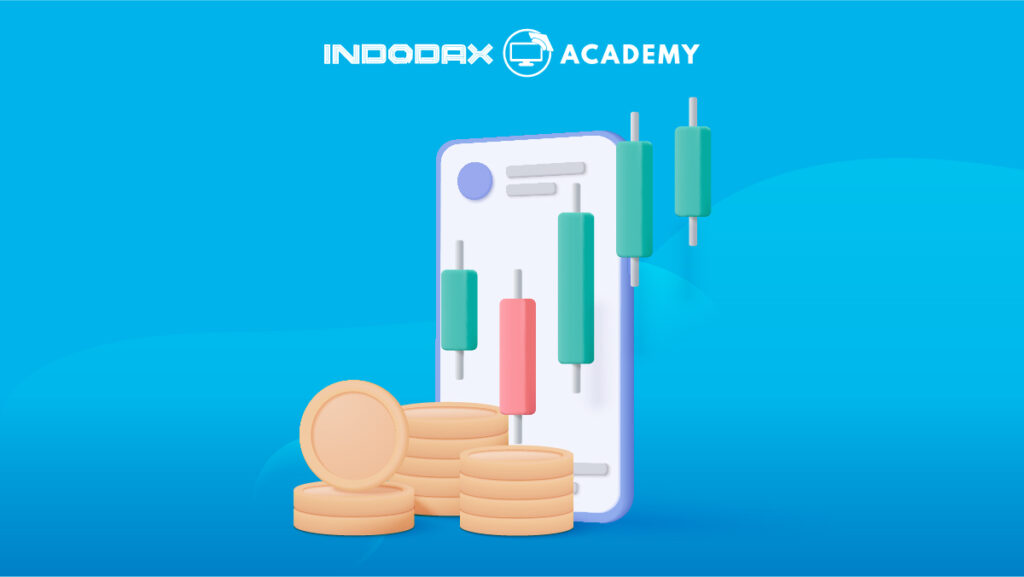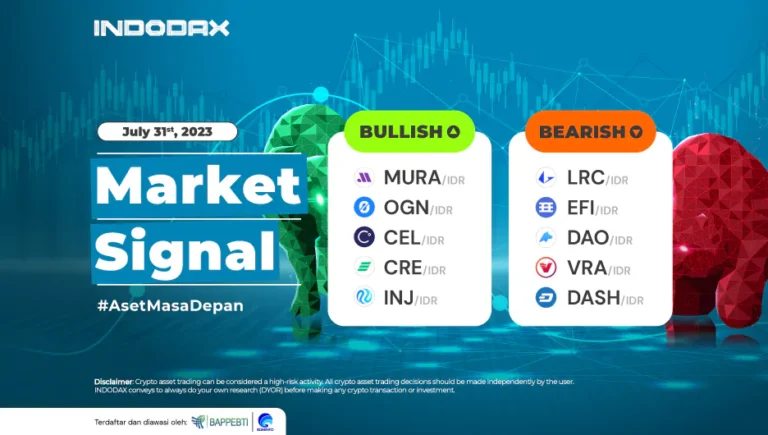Yield farming can be an option to make crypto assets more valuable even though the price is decreasing. This activity can be carried out on a number of blockchain platforms using smart contracts.
The way it works is almost similar to borrowing money in a conventional banking system. Well, for those of you who want to know more about yield farming, let’s check out the review below!
What is Yield Farming?
In general, yield farming is an activity that allows users to save their crypto assets and also lend them to others in order to earn returns in the form of crypto assets.
As mentioned earlier, this activity is almost the same as saving in banks, where users only need to save their assets in a digital wallet and receive “interest”.
However, you will require to store the crypto assets in a DeFi platform based on a liquidity pool, namely a smart contract that contains several crypto assets. In the platform, you will act like you are renting it out to a party who is in need of your crypto assets.
In return, later you will get a yield or return if the smart contract mission is fulfilled. If the mission of the smart contract is fulfilled, the crypto asset will be returned to your crypto asset wallet.
Usually, yield farming is done using ERC20 tokens on the Ethereum network. The interest that the lender will earn will also be in the form of ERC20 tokens.
How Yield Farming Works
Unlike the existing system on crypto exchanges, yield farming will use the Automated Market Maker (AMM) model and involve LPs and Liquidity Pools.
As for how it works, LPs act as owners of crypto assets who store their funds in Liquidity Pools. In this case, Liquidity Pools act as a place/marketplace when users want to lend their assets, borrow them to other users, or simply to exchange those assets into ERC-20 tokens.
Platform users/asset borrowers will be charged a certain fee, which will be paid to the liquidity provider in accordance with the share given to the Liquidity Pools.
Another way for Liquidity Pools to get a turnover is through the distribution of new tokens that enter the protocol. The more tokens that come in, the Liquidity Pools will also get richer—which will benefit all parties.
For a record, each protocol that implements yield farming will have different distribution rules. However, the liquidity provider will still get a return from the assets lent in the Liquidity Pools.
These funds are usually stored in the form of stablecoins that are pegged to USD, such as DAI, USDT, USDC, BUSD, and others. Generally, some protocols will print their own token, which will be stored in the system. This can be seen in the Compound protocol which has a COMP token.
Suppose you have ETH and put it in the Compound protocol. That ETH will become cETH pegged to USD. Other coins, such as DAI, will also undergo the same process and will become cDAI. Moreover, the coins can switch protocols and of course will mint new coins that will represent the coins.
What Are the Advantages of Yield Farming?
So, what are the advantages of yield farming?
The advantage is to make a profit for sure. If the tokens obtained are sold or used for trading at the right time, the user can earn more profits.
With the development and growing space of DeFi technology, platforms, as well as Decentralized Applications (dApps), it will also support smart contract capabilities by switching protocols.
If this can be realized, platform users as lenders will be able to transfer their crypto ownership to a number of other protocols to earn even bigger profit.
In addition to the profits earned by the lender, this activity can also provide benefits to the platform because more capital will enter their protocol.
What Are the Risks of Yield Farming?
Talking about the risks, yield farming is actually recommended for advanced crypto users, because of the strategy and complexity within the protocol itself.
Moreover, usually this activity is carried out by parties who have lots of capital/investors with a lot of crypto asset ownership or known as Whales.
In addition, another risk lies in the smart contract, because there are many DeFi project developers built by small teams with minimal budgets which are considered risky because of bugs in the smart contract programming.
The bugs will be found when it is checked by the audit company, plus when the protocol is running. This potentially makes users’ funds that have been locked in the protocol disappear.
That’s a review about yield farming that you need to know, including how it works and the risks. Check out other recent reviews about other digital assets only at Indodax Academy.








